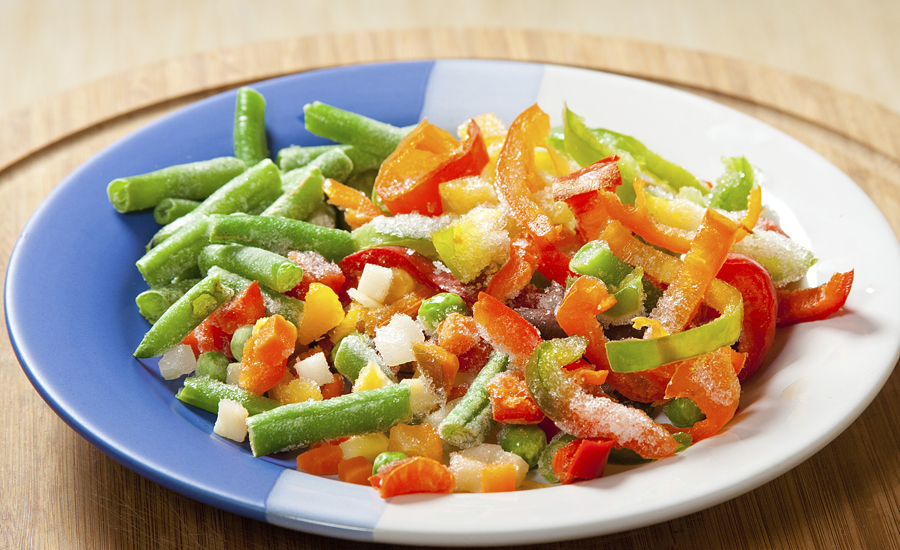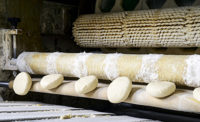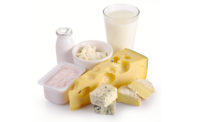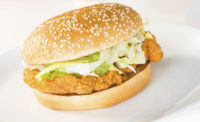The global individual quick-freezing (IQF) market was valued at $14.77 billion in 2016, and is projected to reach $20.82 billion by 2022, at a CAGR of 5.9% during the forecast period, according to a report published by MarketsandMarkets, New York.
The increase use of freeze-dried fruits and vegetables and the application of IQF in other food products are two of the key factors presenting growth opportunities to various market players in regions such as North America and Europe.
The market growth is also driven by the growing consumer demand for perishable food products, convenience foods and high consumption of non-seasonal fruits and vegetables. Due to growing demand for such food products, manufacturers are focused on setting up IQF plants at different locations and capitalizing on the opportunity when there is high demand for products during off seasons.
However, the major challenge faced by manufacturers is the high capital requirement at the initial stage of installation as well as the government regulations related to the emission of greenhouse gases by food manufacturers.
The cryogenic segment projected to grow at higher rate
Cryogenic freezing is most often used for IQF products, such as individual chicken wings, frozen peas or other bulk packaged food items where it is essential to maintain individual pieces.
Cryogenic freezers reduce the temperature through direct application of liquid nitrogen or carbon dioxide within an enclosure that contains the food product. Currently, cryogenic technology offers several advantages, but requires significant volumes of refrigerants. It is also preferred where space is limited or as a lower-cost means of getting a new product to the market quickly.
Increasing demand for IQF fruits & vegetables
Increasing awareness among consumers about the health benefits of fruits and vegetables has fueled the demand for fresh and frozen cut produce in the global market. New technology provides faster processing and temperature accuracy, as well as hygiene benefits.
In fact, emerging markets such as Russia, India and Latin American countries have a huge potential for frozen fruits and vegetables due to lower adoption rates.
Growth in food freezing equipment is driven by the increasing demand for frozen products such as bakery, fruits, meat and seafood.
Emerging markets are the new growth frontiers
In the Asia Pacific region, China and India are projected to be the fastest-growing emerging markets. The region held a share of 21.1% of the global IQF market for fruits abd vegetables. The growth in demand in this market is attributed to rapid urbanization, increasing middle-class population and high per-capita consumer income. Increasing consumer income has led to the increase in consumer spending on frozen food products. The consumer demand for chilled and frozen foods is increasing and becoming popular among the younger generation in emerging economies.



